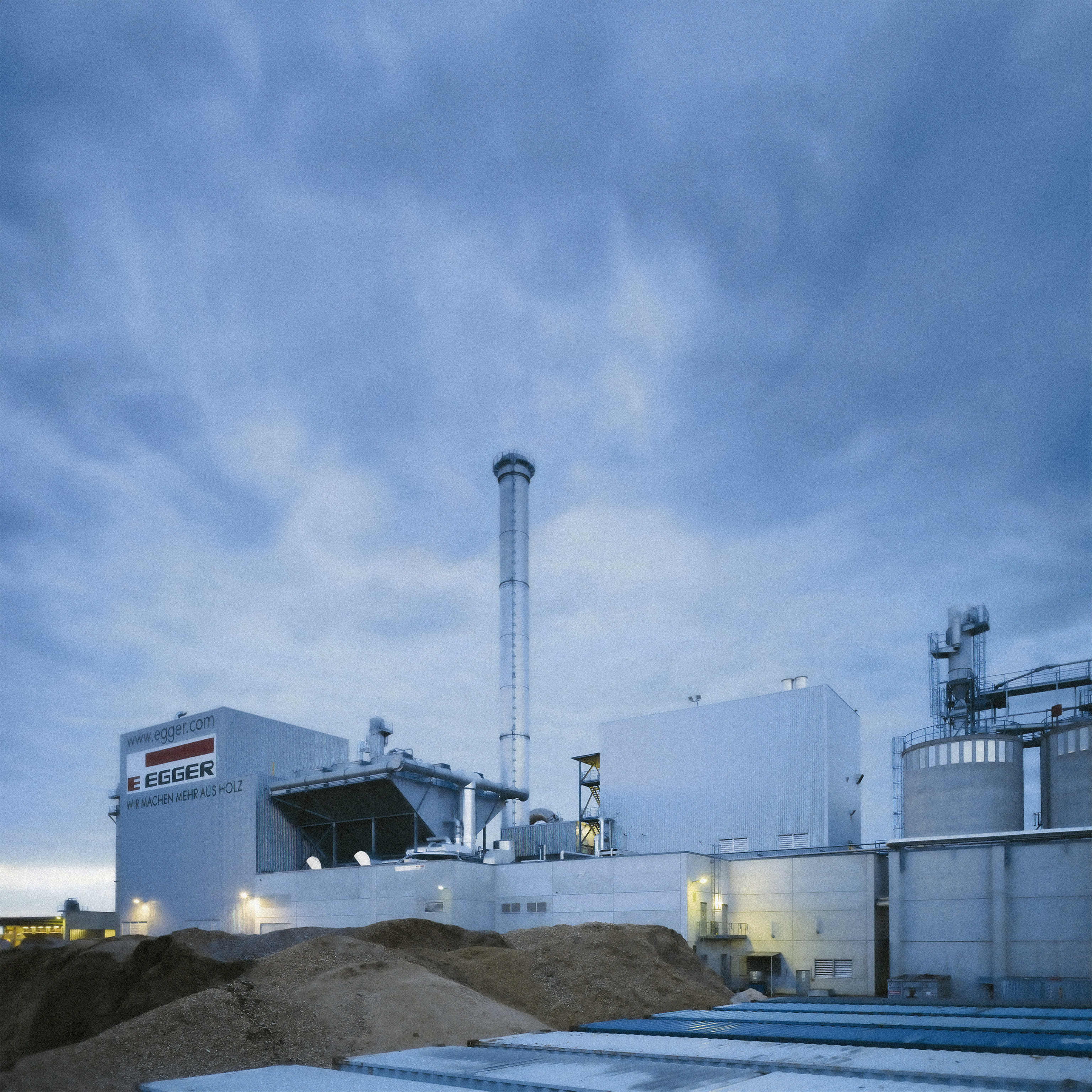
Climate action is the most urgent task of our time. The Sustainable Development Goal 13 provides for immediate measures to combat climate change. Science agrees: To avoid the worst impact of climate change, business, politics and society must pull together - and they must do it now. The central political framework by which almost all countries in the world have committed to curbing climate change is the Paris Climate Agreement. To implement the Paris Climate Agreement, the European Union has adopted the European Green Deal.
Good to know
Our commitment: The EGGER way to Net Zero
EGGER is committed to reducing its climate-impacting greenhouse gas emissions in line with the Paris Climate Agreement. EGGER is committed to the Net Zero target by 2050.
- The Net Zero target means that emissions must be removed from the atmosphere at the same rate as they are produced.
- We are explicitly focussing on reducing emissions, not on offsetting outside our value chain.
- We pursue an ambitious, future-oriented climate strategy to reduce our Group-wide carbon footprint.
- Our approach is comprehensive and Group-wide. In this way, we will steadily reduce our climate-impacting emissions and reduce them to net zero by 2050.
- We have our Corporate Carbon Footprint repeatedly analysed in detail and derive objectives and levers from it.
- This includes not only the climate-impacting greenhouse gas emissions that we generate directly in our plants but also those that we are indirectly responsible for through purchased energy and the upstream and downstream value chain.
- On our way to Net Zero we have defined milestones until 2030 and implement comprehensive measures and investments.
- In this way, we want to ensure that we can also enable future generations to live and work sustainably with our climate-friendly wood-based materials.
Our corporate carbon footprint and our interim targets
It will be challenging to make the Net Zero 2050 target a reality. The commitment is trend-setting for the EGGER Group and requires comprehensive measures in many areas of the company. On the way to Net Zero, we set ourselves milestones and interim targets.

Direct emissions from our plants (Scope 1)
Scope 1 accounts for 10% of our carbon footprint: Direct release of climate-impacting emissions in our plants (e.g. natural gas, our own motor vehicle fleet)
We will reduce our direct emissions from our plants (Scope 1) by at least 30% by 2030 . (compared to the base year 2022)
For this we are planning the following measures: Energy savings and efficiency improvements, additional biomass power plants, as well as zero-emission vehicles in the motor vehicle fleet.
Indirect emissions from purchased energy (Scope 2)
Scope 2 accounts for 12% of our carbon footprint: Indirect release of climate-impacting emissions through purchased energy (e.g. purchased electricity)
We will reduce our indirect emissions from purchased energy (Scope 2) by at least 40% by 2030 . (compared to the base year 2022)
For this we take the following measures: Savings through energy management, purchasing electricity from renewable energies and expanding our in-house electricity production.
Indirect upstream and downstream emissions (Scope 3)
Scope 3 accounts for 78% of our carbon footprint: Indirect release of climate-impacting emissions in our upstream and downstream value chain (e.g. glue, paper, freight)
We will reduce indirect upstream and downstream emissions (Scope 3) by at least 10% by 2030 . (compared to the base year 2022)
For this we rely on the following levers: Intensive cooperation with our business partners on joint solutions, optimisations of binding agents and impregnating resins, use of new technologies for chemical raw materials as well as in transport, increased recycled wood content and procurement of low-carbon and zero-carbon products and raw materials.
Further information can be found in our Financial and Sustainability Report .
Measures and progress
A way in stages: Every step counts! We have recently taken these measures on the way to Net Zero.














